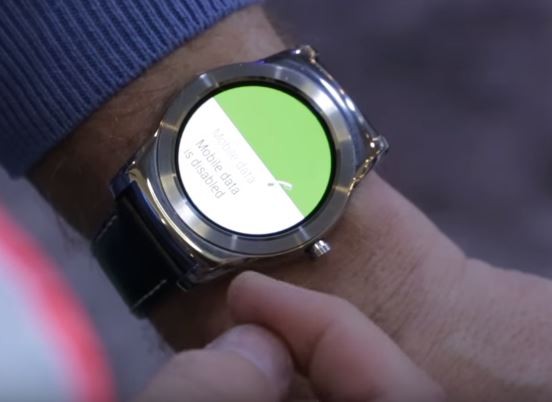Qualcomm just announced their new Snapdragon Wear 1100 chips for the next generation of smartwatches and other wearable tech devices that can also be used with Internet of Things products.
The chip designer has recently unveiled their new line of Snapdragon Wear chips at the recent Computex event in Taiwan. Qualcomm said that they will be used not only for smartwatches but other wearable tech as well such as fitness trackers and smart headsets.
Smartwatches and wearable tech devices are just starting to grow into a much larger market. The Apple Watch did not gain too much traction to spark a revolution and the expensive price of the Samsung Gear S2 can scare off any potential customer who is conscious about their budget.
Qualcomm Senior Director of Smart Wearables Pankaj Kedia told VentureBeat that the Snapdragon Wear 1100 chip is specially designed for those wearables with targeted purpose. In addition, the targeted wearable tech are better at doing one designated task as opposed to smartwatches that only have general prposes.
"IoT is a large space for us. When we think of smart bodies, wearables is part of that space. There's a lot of excitement in this part of the industry," said Kedia.
Qualcomm's new Snapdragon Wear 1100 chip can last up to a whole week even with the LTE on standby. It would also have a Power Save Mode, Engadget has learned.
One common problem among all smartwatches is that the battery drains too fast. This is due to the fact that they only have small batteries that power them up.
The Snapdragon Wear 1100 chip will also feature location tracking with the company's own "iZat" tech which uses hardware-based security, GNSS tracking and cell towers. The device powered by the chip can switch between using 3G or LTE modes too.
Qualcomm said that their chips are already being used in over a hundred wearables. The number could continue to increase as the trend goes on.
The Snapdragon Wear 1100 chip would certainly add in a potential game changer in terms of its power efficiency. Qualcomm is looking to connect their chips with more than smartwatches as IoT products continue to increase.



























